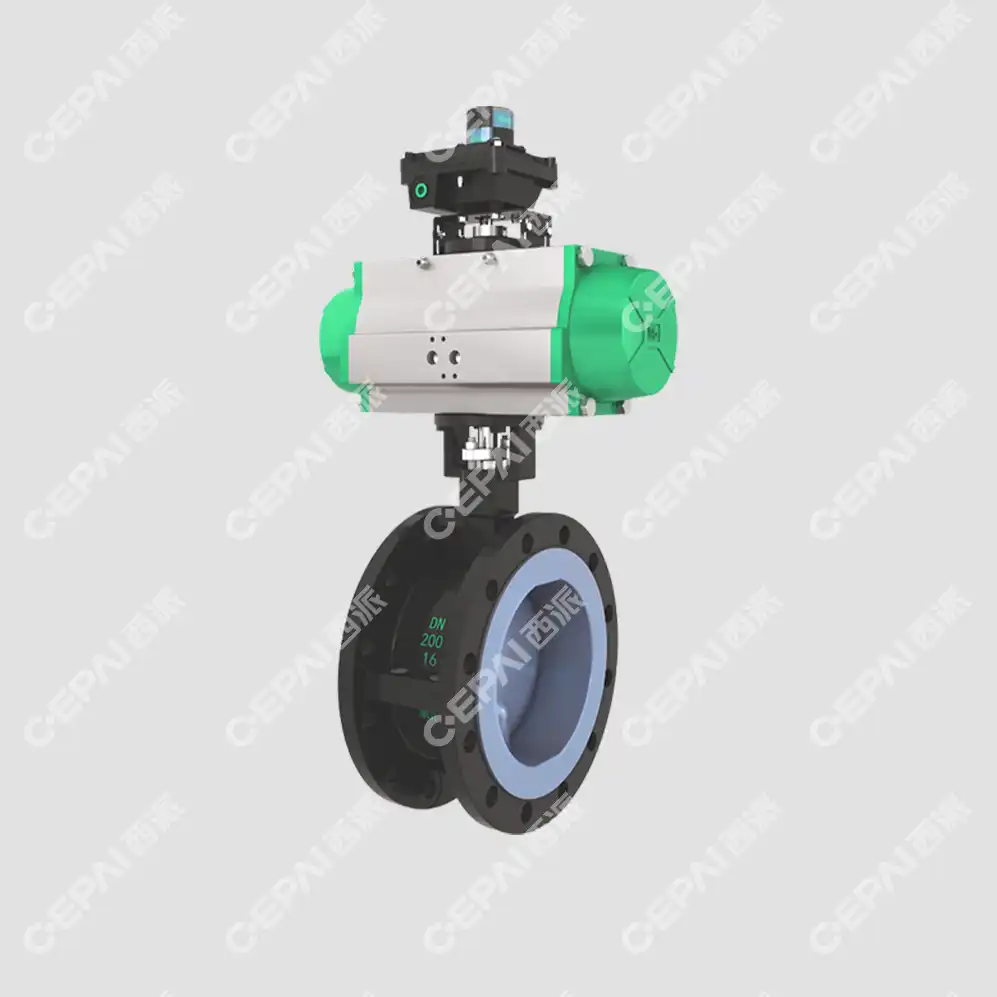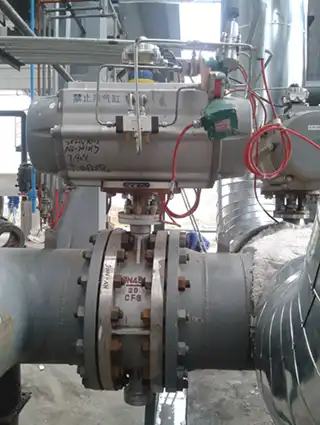Understanding Butterfly and Gate Valves
Butterfly Valve Design and Operation
Butterfly valves are quarter-turn rotational motion valves that use a disc-shaped element to control flow. The disc rotates on an axis perpendicular to the flow, allowing or restricting passage as needed. This simple yet effective design contributes to the valve's compact size and quick operation. Butterfly valves come in various types, including concentric, eccentric, and double eccentric designs, each offering unique benefits for different applications.
Gate Valve Mechanics and Functionality
Gate valves operate using a gate or wedge that moves perpendicular to the flow path. When fully open, the gate is completely removed from the flow path, allowing unrestricted flow. This design makes gate valves ideal for applications requiring minimal flow resistance. However, the linear motion mechanism typically results in slower operation compared to butterfly valves. Gate valves are available in rising stem and non-rising stem configurations, each suited to different operational requirements.
Key Differences in Construction and Application
The structural differences between butterfly and gate valves significantly impact their suitability for various applications. Butterfly valves are more compact and lightweight, making them ideal for installations with space constraints. They also offer better control over flow rates due to their ability to modulate flow effectively. Gate valves, on the other hand, provide excellent sealing capabilities and are often preferred in high-pressure applications or where complete shut-off is crucial. The choice between the two often depends on factors such as required flow characteristics, pressure ratings, and installation space.
Efficiency Comparison: Butterfly Valve vs Gate Valve
Flow Characteristics and Pressure Drop
Butterfly valves generally exhibit superior flow characteristics compared to gate valves. The disc-shaped element in a butterfly valve, when fully open, presents minimal obstruction to flow, resulting in lower pressure drop across the valve. This efficient flow profile makes butterfly valves particularly suitable for applications requiring high flow rates with minimal energy loss. Gate valves, while offering full bore flow when completely open, can experience higher pressure drops due to the more complex flow path through the valve body.
Operating Speed and Control Precision
In terms of operating speed, butterfly valves have a clear advantage. Their quarter-turn operation allows for quick opening and closing, making them ideal for applications requiring rapid flow control or emergency shut-off. This quick action also contributes to better control precision, as small adjustments can be made rapidly. Gate valves, with their linear motion, typically operate more slowly. While this can be advantageous in some situations to prevent water hammer, it may be a drawback in applications requiring fast response times.

Energy Efficiency and Maintenance Requirements
Butterfly valves often demonstrate superior energy efficiency due to their lower pressure drop and lighter weight, which requires less force to operate. This can translate to reduced power consumption in automated systems. Additionally, the simpler design of butterfly valves generally results in lower maintenance requirements and longer service life. Gate valves, while robust, may require more frequent maintenance due to their more complex internal structure and the potential for debris accumulation in the valve body.
Selecting the Right Valve for Your Application
Factors Influencing Valve Selection
Choosing between a butterfly valve and a gate valve requires careful consideration of various factors. These include the nature of the fluid being controlled, operating pressure and temperature ranges, required flow rates, and frequency of operation. The installation environment, including available space and accessibility for maintenance, also plays a crucial role. Additionally, industry-specific regulations and standards may influence the selection process, particularly in critical applications such as oil and gas production or water treatment facilities.
Application-Specific Advantages
Butterfly valves excel in applications requiring frequent operation, precise flow control, or where space is limited. They are particularly well-suited for large diameter pipelines in low to medium pressure systems. Industries such as water treatment, HVAC, and some petrochemical processes often prefer butterfly valves for their efficiency and versatility. Gate valves, conversely, are often the go-to choice for high-pressure applications, especially where complete shut-off is critical. They are commonly used in oil and gas production, steam systems, and certain industrial processes where their robust sealing capabilities are advantageous.
Cost Considerations and Long-Term Efficiency
When evaluating the efficiency of butterfly valves versus gate valves, it's essential to consider both initial costs and long-term operational expenses. Butterfly valves typically have lower upfront costs due to their simpler design and smaller size. They also tend to be more cost-effective in terms of installation and maintenance. Over time, the energy savings from lower pressure drops can contribute significantly to overall efficiency. Gate valves, while potentially more expensive initially, may offer long-term benefits in specific high-pressure or full-bore flow applications where their unique characteristics are essential.
Conclusion
In the comparison of butterfly valves versus gate valves, efficiency is a multifaceted consideration that extends beyond simple flow characteristics. While butterfly valves often offer advantages in terms of quick operation, compact design, and lower pressure drop, gate valves remain indispensable in certain high-pressure and full-bore applications. The most efficient choice ultimately depends on a thorough analysis of your specific application requirements, including operational parameters, installation constraints, and long-term cost considerations. By carefully evaluating these factors, you can select the valve type that offers the best balance of efficiency, reliability, and performance for your unique needs.
Contact Us
For expert guidance on selecting the most efficient valve solution for your application, trust CEPAI Group. Our extensive range of high-quality valves, including advanced butterfly and gate valve designs, ensures optimal performance and reliability. Experience the benefits of our innovative technologies and comprehensive support. Contact us today at cepai@cepai.com to discuss your valve requirements and discover how we can enhance your fluid control systems.


_1746598531170.webp)



